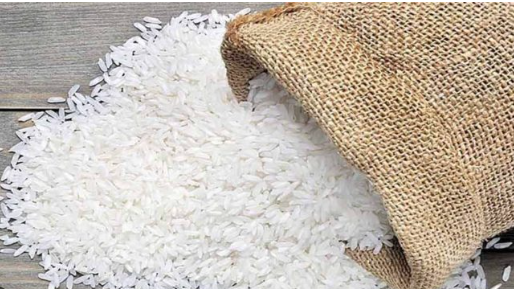The Kenyan government has authorized the duty-free importation of 500,000 metric tonnes of Grade 1 Milled White Rice in a bid to address the country’s persistent rice deficit and ensure food security. This initiative, announced through a Kenya Gazette notice dated July 28, 2025, allows the rice to be brought into the country tax-free until December 31, 2025.
According to the notice signed by National Treasury Cabinet Secretary John Mbadi, the move is in line with section 114 (2) of the East African Community Customs Management Act, 2004. The importation was approved following a recommendation by the Cabinet Secretary for Agriculture and Livestock Development.
The Gazette notice emphasized that all rice consignments must adhere to both international and Kenyan food safety standards. Each shipment must be accompanied by a Certificate of Conformity issued by the Kenya Bureau of Standards (KEBS) to ensure quality and compliance.
Milled white rice, the variety being imported, undergoes a milling process that removes the husk, bran, and germ. This process produces a polished white grain that is easier to cook and has a longer shelf life, though it comes at the cost of reduced nutritional value compared to brown rice.
Kenya remains heavily reliant on rice imports to meet local demand. In 2023, the country imported 937,098 tonnes of rice at a cost of Sh54.7 billion, underlining the significant supply gap. Despite domestic rice farming efforts, local production currently stands at around 230,000 metric tonnes annually far below the national consumption of over one million metric tonnes.
The country’s rice deficit is estimated at 770,000 tonnes, driven by rising household consumption. In February, Principal Secretary for Irrigation Ephantus Kimotho stated that Kenya aims to become self-sufficient in rice production by 2032, once ongoing irrigation and farming expansion projects are completed.
This duty-free window is expected to cushion consumers against high prices and maintain supply stability as the country works toward enhancing local rice production and reducing dependency on imports in the long term.

